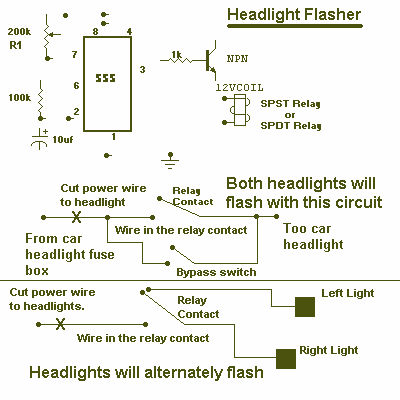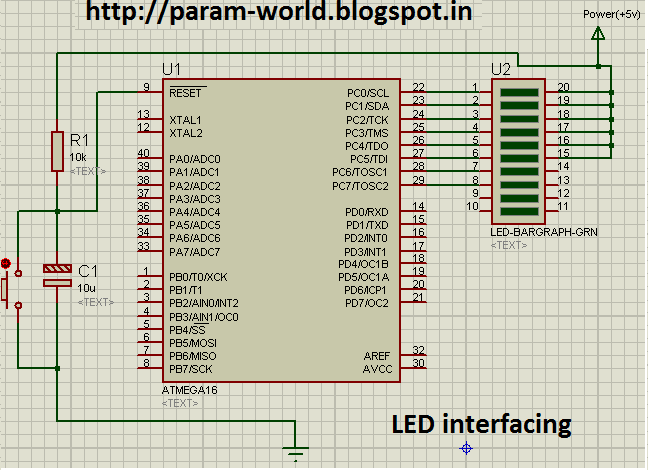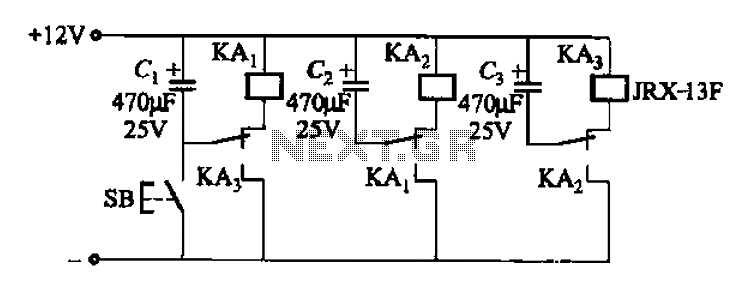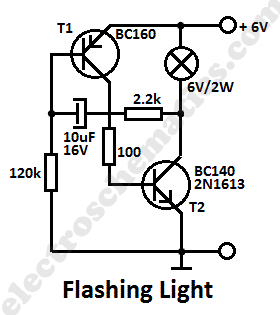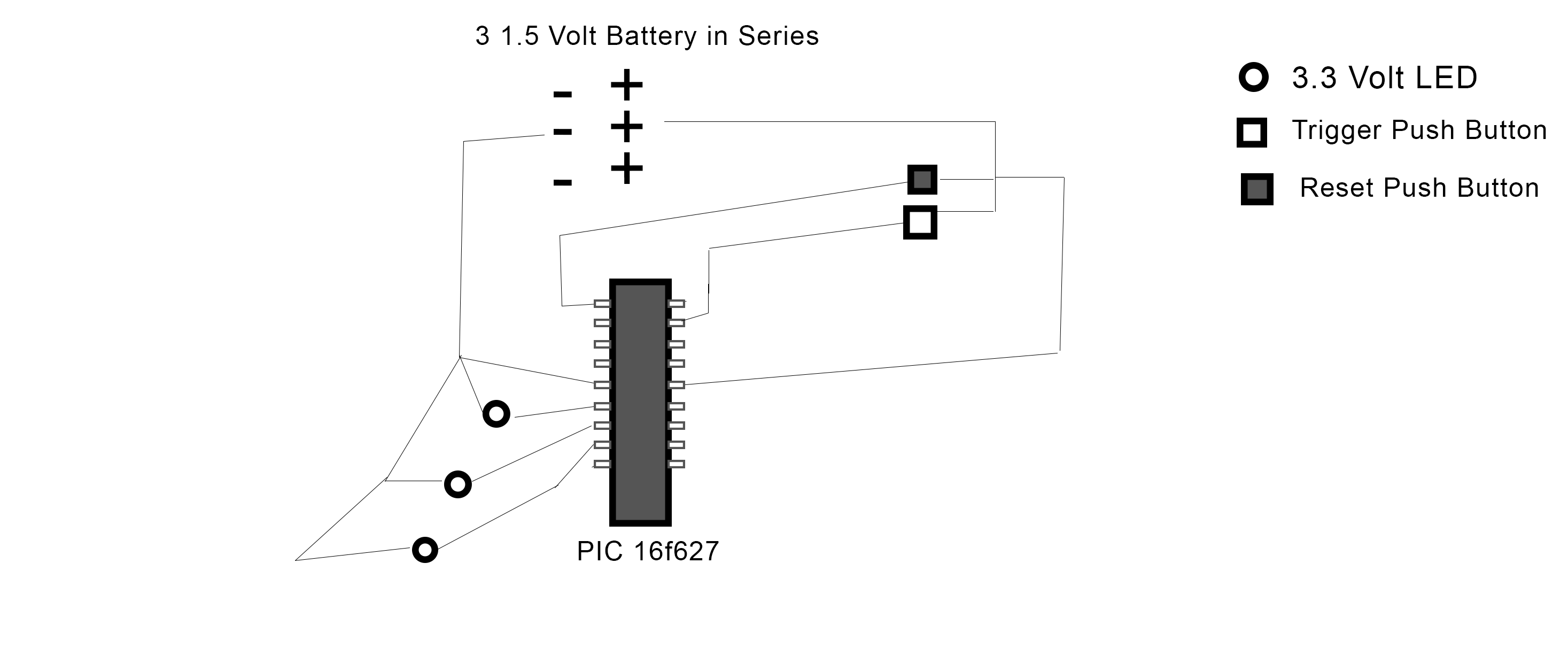
ATMEGA16 8-bit AVR Microcontroller with 16K Bytes In-System Programmable Flash
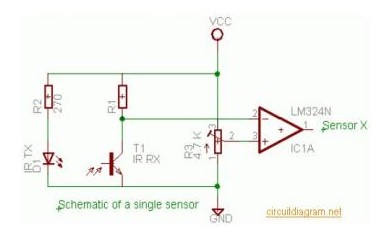
This simple AVR programmer is capable of transferring hex programs to most ATMEL AVR microcontrollers. It is more reliable than many other simple AVR programmers available and can be constructed in a very short amount of time. This programmer supports the AVR microcontrollers ATmega103, ATmega161, and ATmega163. Additionally, it functions as a wireless development board, the FLY3000, utilizing the AVR series, particularly the ATmega16L. This board is applicable for wireless module development using NRF2401, nRF24L01, RF903, CC1020, NRF905, CC1100, Si4432, and others. Furthermore, this article presents a method to build a small, cost-effective frequency meter capable of measuring frequencies up to 40 MHz with an error margin below 1%. This level of precision is sufficient for debugging most analog and digital circuits. The document also includes a complete electrical circuit diagram for a line follower robot built on the ATmega16, which consists of three modules: the sensor module, microcontroller module, and DC motor module. An IR sensor schematic diagram is provided along with the mainboard schematic that includes the microcontroller and DC motor driver.
The AVR programmer described is designed for efficient programming of various ATMEL AVR microcontrollers, specifically targeting models such as ATmega103, ATmega161, and ATmega163. The construction of this programmer can be accomplished quickly, making it accessible for hobbyists and engineers alike. The reliability of this programmer surpasses that of many commercially available options, which is a significant advantage for users requiring consistent performance in their projects.
The FLY3000 wireless development board expands the functionality of the AVR programmer, allowing for the integration of wireless communication modules. The compatibility with various RF modules, including NRF2401, nRF24L01, RF903, CC1020, NRF905, CC1100, and Si4432, facilitates the development of a wide range of wireless applications. This versatility makes the FLY3000 an ideal choice for projects that require wireless data transmission or remote control capabilities.
In addition to the programmer and development board, the article outlines the construction of a frequency meter, which is capable of measuring frequencies up to 40 MHz with a high degree of accuracy. This feature is particularly useful for debugging and testing circuits, as it enables users to ascertain the operational frequencies of their designs with minimal error.
The line follower robot project detailed in the document showcases practical applications of the ATmega16 microcontroller. The robot is comprised of three key modules: the sensor module, which detects the line; the microcontroller module, which processes the sensor data; and the DC motor module, which drives the robot's movement. The inclusion of an IR sensor schematic and a mainboard schematic that integrates the microcontroller with a DC motor driver provides a comprehensive understanding of the circuit design, allowing for effective implementation and troubleshooting of the robot's functionalities.This simple AVR Programmer able to transfer hex programs to mostATMEL AVR microcontrollers. It is more reliable than most other simpleAVR programmers available out there and can be built in very shortamount of time. This Programmer support the AVR microcontroller ATmega103, ATmega161, ATmega163, ATmeg.- Master MCU based on the AVR multi
function wireless development board- FLY3000, FLY-3000, wireless development board using AVR the series of Atmega16L, apply to the wireless module of the application development NRF2401 nRF24L01 RF903 The CC1020 NRF905 the CC1100 Si4432 and o. This simple AVR Programmer able to transfer hex programs to most ATMEL AVR microcontrollers. It is more reliable than most other simple AVR programmers available out there and can be built in very short amount of time.
This Programmer support the AVR microcontroller ATmega103, ATmega161, ATmega163, . This article shows how to build a small, cheap and simple frequency meter, without any fancy, out of reach components. The simple proposed design can measure frequencies up to 40 Mhz with errors below 1%! This degree of precision will be more than enough to debug most of your analog and digital circ. Here the complete electrical circuit diagram of line follower robot which built based on ATmega16. There are three modules of line follower robot circuit that are sensor module, microcontroller module and DC motor module.
IR sensor schematic diagram:Mainboard (microcontroller + DC motor driver schema. Here the complete electrical circuit diagram of line follower robot which built based on ATmega16. There are three modules of line follower robot circuit that are sensor module, microcontroller module and DC motor module. IR sensor schematic diagram:Mainboard (microcontroller DC motor driver schemati. 🔗 External reference
The AVR programmer described is designed for efficient programming of various ATMEL AVR microcontrollers, specifically targeting models such as ATmega103, ATmega161, and ATmega163. The construction of this programmer can be accomplished quickly, making it accessible for hobbyists and engineers alike. The reliability of this programmer surpasses that of many commercially available options, which is a significant advantage for users requiring consistent performance in their projects.
The FLY3000 wireless development board expands the functionality of the AVR programmer, allowing for the integration of wireless communication modules. The compatibility with various RF modules, including NRF2401, nRF24L01, RF903, CC1020, NRF905, CC1100, and Si4432, facilitates the development of a wide range of wireless applications. This versatility makes the FLY3000 an ideal choice for projects that require wireless data transmission or remote control capabilities.
In addition to the programmer and development board, the article outlines the construction of a frequency meter, which is capable of measuring frequencies up to 40 MHz with a high degree of accuracy. This feature is particularly useful for debugging and testing circuits, as it enables users to ascertain the operational frequencies of their designs with minimal error.
The line follower robot project detailed in the document showcases practical applications of the ATmega16 microcontroller. The robot is comprised of three key modules: the sensor module, which detects the line; the microcontroller module, which processes the sensor data; and the DC motor module, which drives the robot's movement. The inclusion of an IR sensor schematic and a mainboard schematic that integrates the microcontroller with a DC motor driver provides a comprehensive understanding of the circuit design, allowing for effective implementation and troubleshooting of the robot's functionalities.This simple AVR Programmer able to transfer hex programs to mostATMEL AVR microcontrollers. It is more reliable than most other simpleAVR programmers available out there and can be built in very shortamount of time. This Programmer support the AVR microcontroller ATmega103, ATmega161, ATmega163, ATmeg.- Master MCU based on the AVR multi
function wireless development board- FLY3000, FLY-3000, wireless development board using AVR the series of Atmega16L, apply to the wireless module of the application development NRF2401 nRF24L01 RF903 The CC1020 NRF905 the CC1100 Si4432 and o. This simple AVR Programmer able to transfer hex programs to most ATMEL AVR microcontrollers. It is more reliable than most other simple AVR programmers available out there and can be built in very short amount of time.
This Programmer support the AVR microcontroller ATmega103, ATmega161, ATmega163, . This article shows how to build a small, cheap and simple frequency meter, without any fancy, out of reach components. The simple proposed design can measure frequencies up to 40 Mhz with errors below 1%! This degree of precision will be more than enough to debug most of your analog and digital circ. Here the complete electrical circuit diagram of line follower robot which built based on ATmega16. There are three modules of line follower robot circuit that are sensor module, microcontroller module and DC motor module.
IR sensor schematic diagram:Mainboard (microcontroller + DC motor driver schema. Here the complete electrical circuit diagram of line follower robot which built based on ATmega16. There are three modules of line follower robot circuit that are sensor module, microcontroller module and DC motor module. IR sensor schematic diagram:Mainboard (microcontroller DC motor driver schemati. 🔗 External reference
Warning: include(partials/cookie-banner.php): Failed to open stream: Permission denied in /var/www/html/nextgr/view-circuit.php on line 713
Warning: include(): Failed opening 'partials/cookie-banner.php' for inclusion (include_path='.:/usr/share/php') in /var/www/html/nextgr/view-circuit.php on line 713

